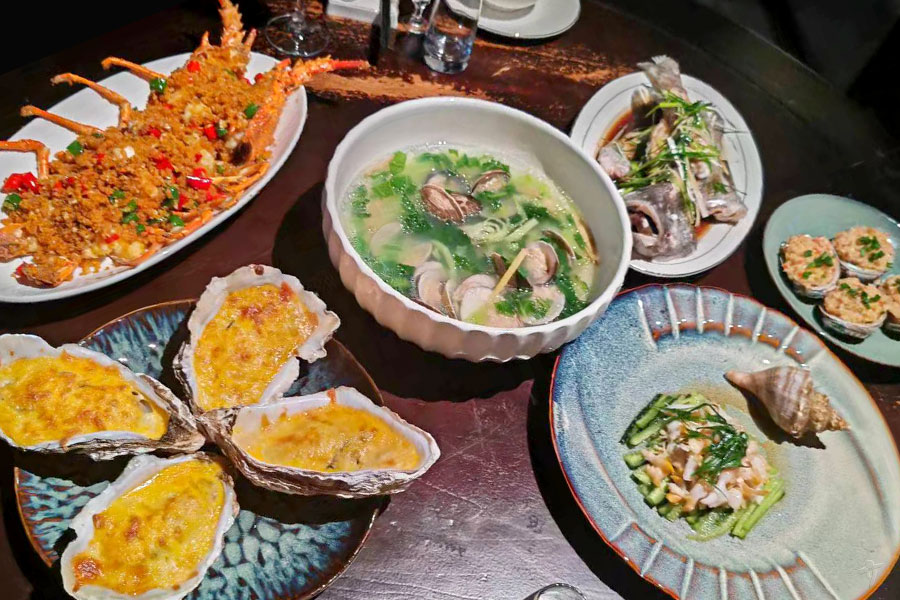Pre-qin History

The Ancient Age, Slavery Society, Xia and Shang (about 1.7 million years – 4000 years ago)
So far, the known earliest Chinese hominid is the Yuanmou hominid (scientific name: Homo erectus yuanmouensis) living in the region now known as Yuanmou County of Yunnan Province about 1.7 million years ago. The Lantian hominid (scientific name: Homo erectus lantianensis), who lived in the region now known as Lantian County of Shaanxi Province, is another population that lived in the Paleolithic Period. Lantian Men were able to walk upright completely, make fire, create tools by milling stone and bone implements, tailor clothes with animal hides, make a living by hunting and fishing, and begin the matriclan life. The Peking Men (scientific name: Homo erectus pekinensis, or Sinanthropus pekinensis), who lived in the region now known as Beijing, had been able to make simple tools and realized to use natural fire to cook, keep warm and drive off beasts. The Shandingdong Men (scientific name: Upper Cave Man), who lived in the region now known as Beijing as well, lived in the way of developing clan commune. The era of Banpo Culture discovered in the region known as Hemudu Town of Zhejiang Province today and the Dawenkou Culture discovered in Shandong Province are the most famous matriarchal and maternal clan communes respectively in China, who had been able to build original houses, weave, undertake agricultural production, and made and used more tool in their lives.
The first Chinese dynasty– Xia Dynasty –was founded in the regions along the Yellow River in 2070 BC, which are now parts of Henan Province and Shanxi Province. The dynasty led China into the era of slave society and made other regions and tribes along the Yellow River its sphere of influence.
The second dynasty Shang was the first Chinese dynasty with written history, the old oracle bones made in this dynasty have been radiocarbon dated to as early as 1500 BC. And the Simuwu Vessel cast by King Wuding between 1400 BC and 1200 BC is at present the biggest unearthed ancient bronze wares in the world, which is also a reflection of the advantaged casting skills of Shang Dynasty. Moreover, it is also proud of its success in ceramics and silk weaving.
Slave system continued to be developed in following Western Zhou Dynasty. However, the national system commenced to collapse with the declining of the ruling class and the princes’ vying for supremacy. This period is considered as the transitory stage between slave society and feudal society, commonly known as “Spring and Autumn Period & Warring States Period”, during which steel manufacturing emerged and different schools of academic thoughts brisked unprecedentedly. Confucius, Laozi (founder of Taoism), Mencius, Hanfei and Sun Wu (military scientist) are the most outstanding ones who lived in the age and made great contribution to Chinese culture.
Related Readings
Top Topics

Chinese Kung Fu
Far and wide known as Kungfu (功夫) all over the world, Chinese martial art is also called Wugong (武功) or Wushu (武术) at home by Chinese people. It ca...

Chinese Tea
Being a vivid Chinese cultural specialty as well as Kungfu and traditional Chinese medicine, Chinese tea has been being developed in China for a lo...

Chinese Cuisine
"Food is the first necessity of the people" is a famous Chinese old saying, which reflects that Chinese have had paid much attention to food si...




